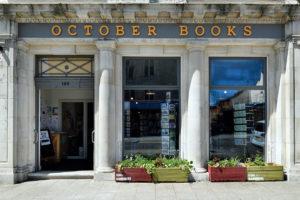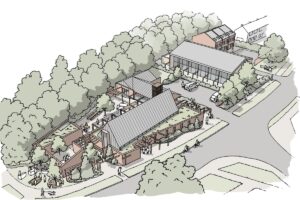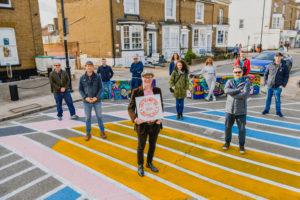In the UK we are fortunate to be surrounded by beautiful architectural buildings across multiple generations, in many towns and villages you can find a rich tapestry of architectural gems showcasing our living history. If you are lucky enough to own a heritage property then you might need to think a little more carefully before you undertake any renovations, extensions or alterations as you will probably need to get these approved in advance.
At Studio BAD we have in-depth experience working on listed and historic buildings, we have been fortunate to work on several interesting project schemes such as adding a contemporary extension to Holly Cottage, reimagining a Georgian townhouse in Southampton and reinstating a historic dwelling in rural Hampshire.
Through the design process we get asked many questions about working with listed buildings, so we thought we should share some of these with you. Please note that no two projects are the same, what is acceptable to one listed building is not necessarily acceptable for another and these notes are only intended as a guide.
It’s my house, why can’t I do what I want to?
Buildings are listed as they hold special architectural or historic interest, if you are lucky enough to own one of these properties you have an additional level of responsibility to preserve the building. This does not mean you cannot alter the property; you just need to have some additional permissions in place before you do to ensure the historic integrity of the building is kept intact.
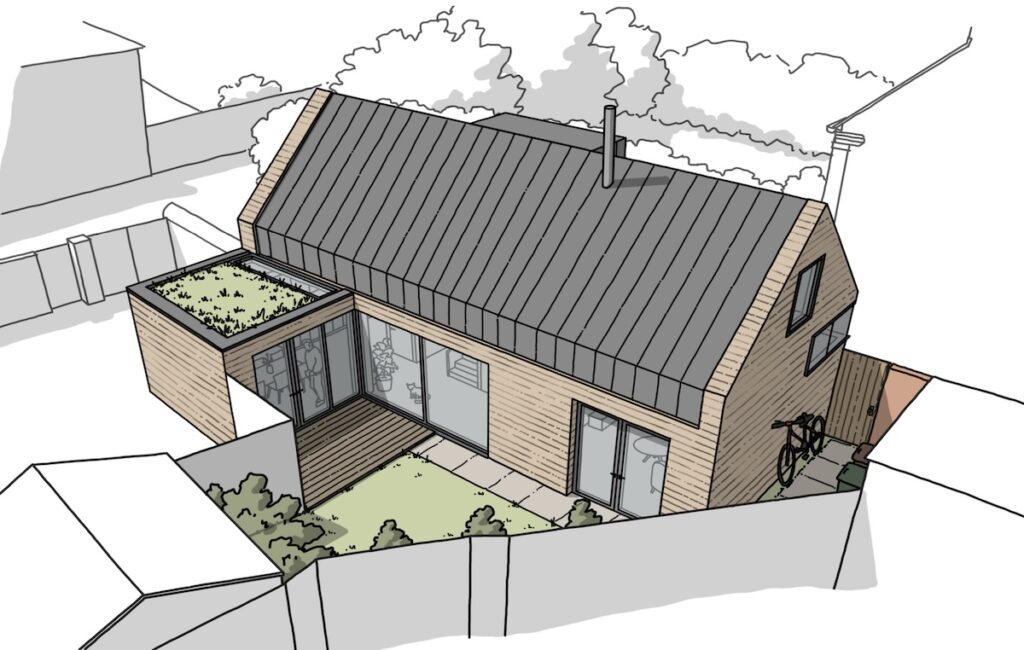
How do I know if my property is listed?
If you are not sure about the official status of your home you can easily check using the Historic England database, which you can find here.
When was a building listed?
The full details of a property listing are available on the Historic England site, including the date it was first listed and other information including the grade of listing, reasons for designation and a short history of the entry.
What makes a listed building?
There are three main principles when it comes to getting a building Listed: The age and rarity of the structure, the architectural or historic interest and any historical associations.
There are three main grades of listing in England:
- Grade I – buildings of exceptional interest (around 2% of listed buildings)
- Grade II* – buildings of particular importance and of more than special interest (around 4% of listed buildings)
- Grade II – buildings of special interest, which represent an important part or our built heritage (around 95% of listed buildings)
It is worth remembering that grading can be changed where reevaluation takes place after damage or alterations, as more evidence of a building’s history or architectural quality is uncovered.
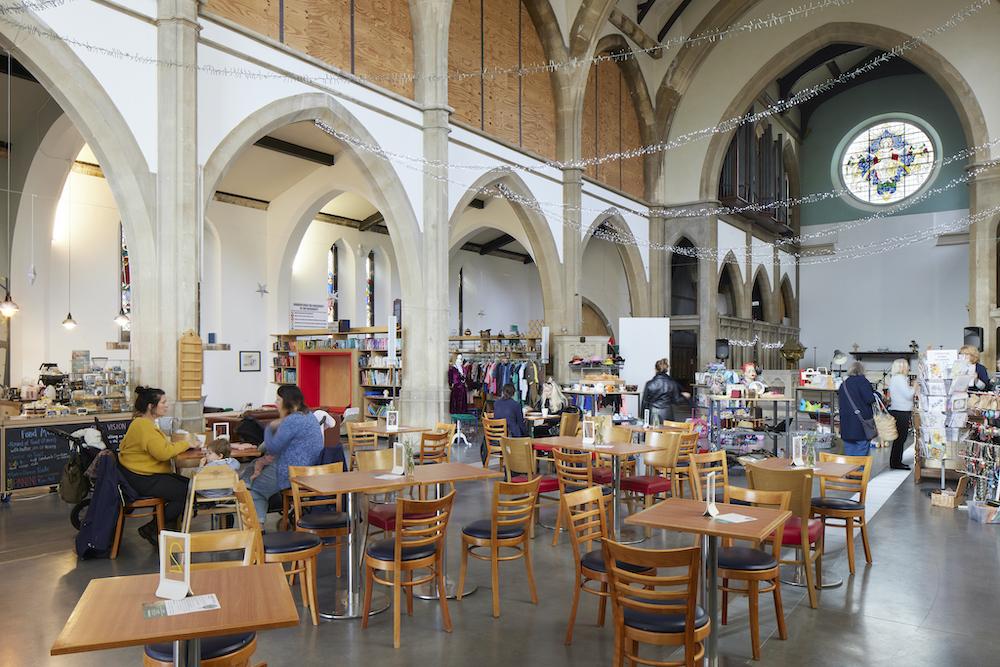
Can a building be delisted?
It is very rare to have the listing of a building removed, however it is occasionally possible. Historic England will consider a review of a property listing provided it is accompanied by new evidence relating to the architectural or historic interest of the building. Please note that evidence about the building’s condition, cost of maintaining it or redevelopment plans, cannot be taken into consideration for delisting.
Can I extend my listed building?
Yes of course, having a listed building does not mean that it has a preservation order on it preventing any change, it just means that any change has to be carefully considered so it does not affect the special interest of the property.
Can I have a contemporary extension on a listed building
Yes! Having a heritage building does not mean you have to be stuck in the past with the architecture of any additions to the scheme. Often conservation officers will be keen for any extension to have a different architectural language from the original, to allow the history of the building to be easily read.
See our Holly Cottage project, where we successfully added a contemporary ground floor extension to create a modern kitchen and separate family room onto the listed property.
Can I demolish a listed building?
Sometimes this is possible, but you would need to have Listed Building Consent and Planning Permission in place before you were to do this. The conservation office assigned to you would make a decision on a case by case basis, taking into account the condition of the building, its function and other issues.
Is Listed Building Consent the same as Planning Permission?
No, these are separate permissions. Depending on the work you are looking to undertake it will determine if you need one or both in place before you start any work. The best place to start is either by speaking with your local authority Conservation Officer, or if you are working with a professional Architectural practice, they should be able to help advise you about what is needed for your specific project.
Listed Building Consent is the legal permission you need to have in place to alter your listed building, it is worth remembering that it is a criminal offense to alter your building without this in place first. The case officer will help to oversee the project and ensure that any alterations are in keeping with the original character of the building.
Planning Permission is needed for the majority of work done to the exterior of any property (some alterations fall under Permitted Development, but it is best to check with your Local Authority before you start) so this might also need to be in place if, for example, you were looking build a kitchen extension onto your Listed home.
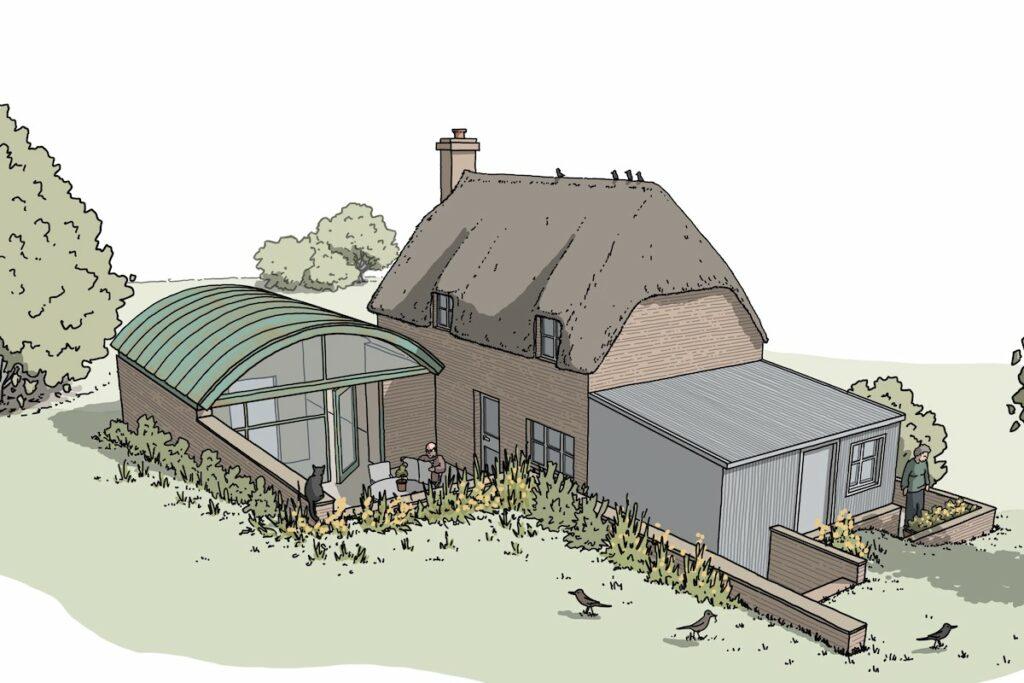
Do I need planning permission when working on a Listed Building
Not always, planning permission is only needed for making alterations to the exterior of your home. You will not need planning permission for regular maintenance, or to change items such as the internal staircase or the fireplace, but you might still need to get Listed Building Consent for both of these examples.
How do I get permission for altering a Listed Building
When working with a Listed Building it is always best to engage with an experienced architect who has previously worked on Listed Buildings, with a proven track record in securing planning for similar projects to your own.
Once you know what alterations you are looking to do it is best to apply for Planning Permission and Listed Building Consent at the same time. For both of these you will need to prepare detailing drawings and documents that show the current state and the proposed changes.
Are listed buildings exempt from Energy Performance Certification (EPC)
Most properties need an EPC when you build, sell or rent them, but there are a few exceptions when this certification is not needed including if the property is listed, you can find more information here.
What is the Local Heritage Asset Register? (The Local List)
The Local Heritage Asset Register is a register of local heritage assets that may not quite meet the strict requirements for national listing, but that still make a significant contribution to the historic environment of their specific locality or district. To make any alternations to a locally listed property you might find there are some restrictions in place that you need to adhere to, an experienced architect or your local planning department will be able to help you understand what these might be.
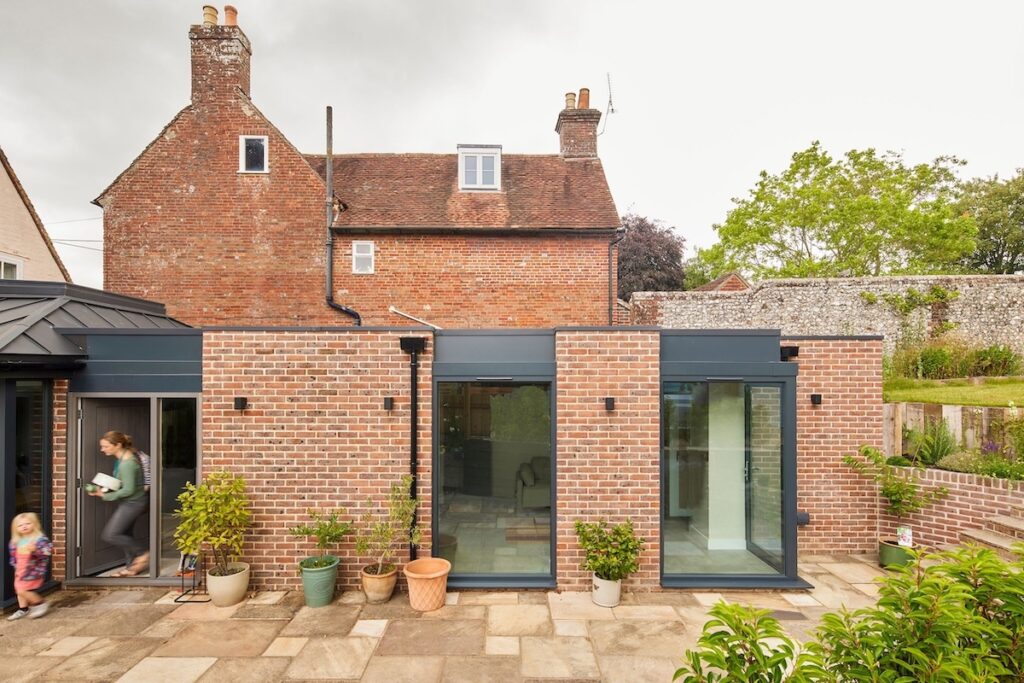
Can listed building consent be granted retrospectively
In short, yes it can be but it is always strongly recommended to get your permissions in place before you start any work, as it is a criminal offence to undertake unauthorised work to a listed building.
What is listed building curtilage
Curtilage listed, or listed by association, is a term used to describe buildings with the grounds (or curtilage) of a listed property which is also subjected to the listed building itself and will need to apply for listed building consent before any work is undertaken. These structures can often include boundary walls, outbuildings, farm buildings, coach houses or workers cottages which are located in the grounds of the principal listed building or was ancillary to the principal listed building at the time of listing.
We hope those FAQ’s have helped you get a better understanding of how to work on a listed building, as restrictions and regulations are always changing, we would recommend you speak to an architect (especially us!) or your local planners before starting any work. From our experience working on a listed property does not rule out interesting architecture, it just means you have to be more mindful in what you are trying to achieve, your material choices and materials used, often resulting in a more interesting design solution.
Get in touch with us to discuss your heritage project, or for more general information you can find out more at Historic England.
